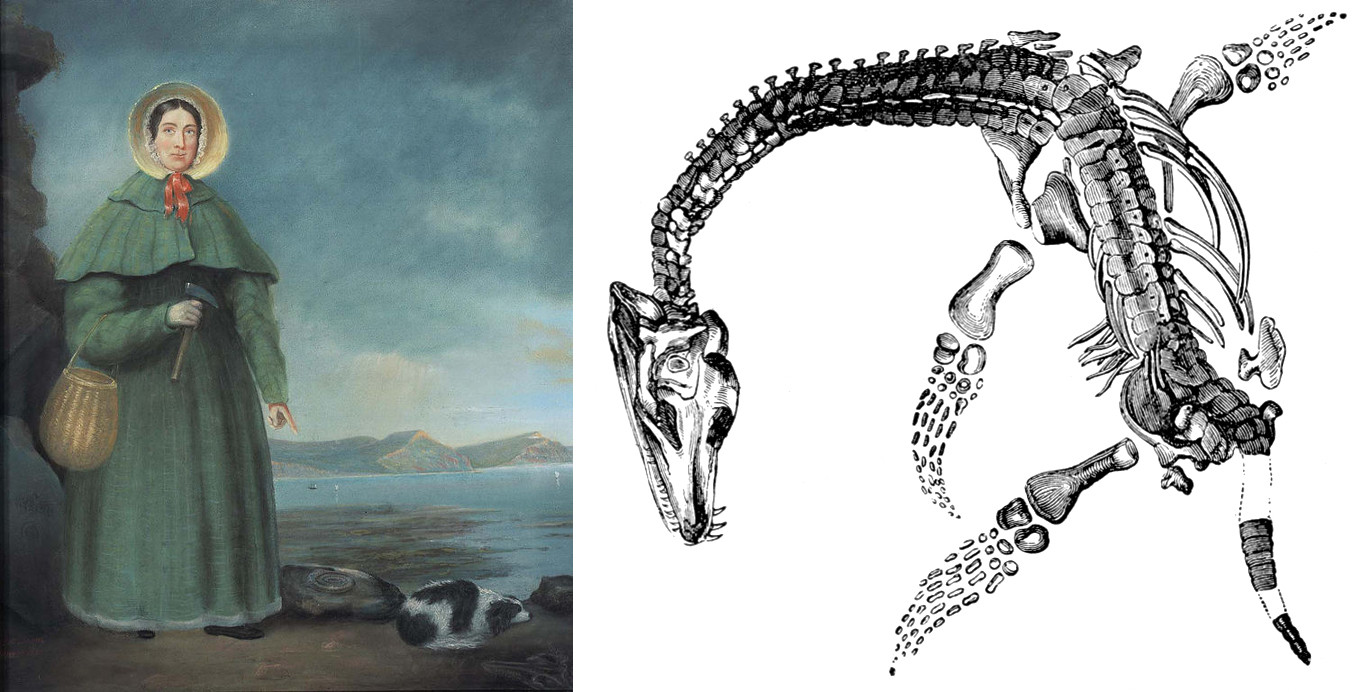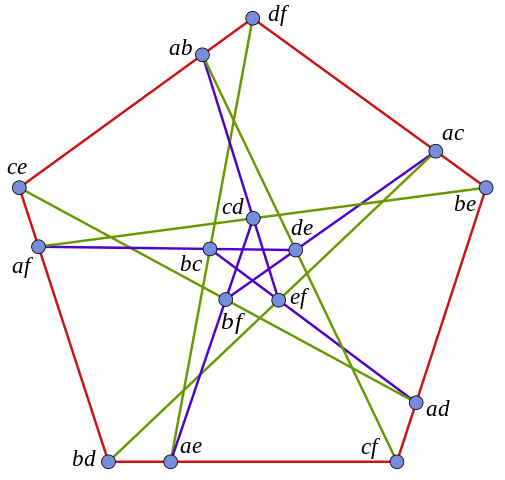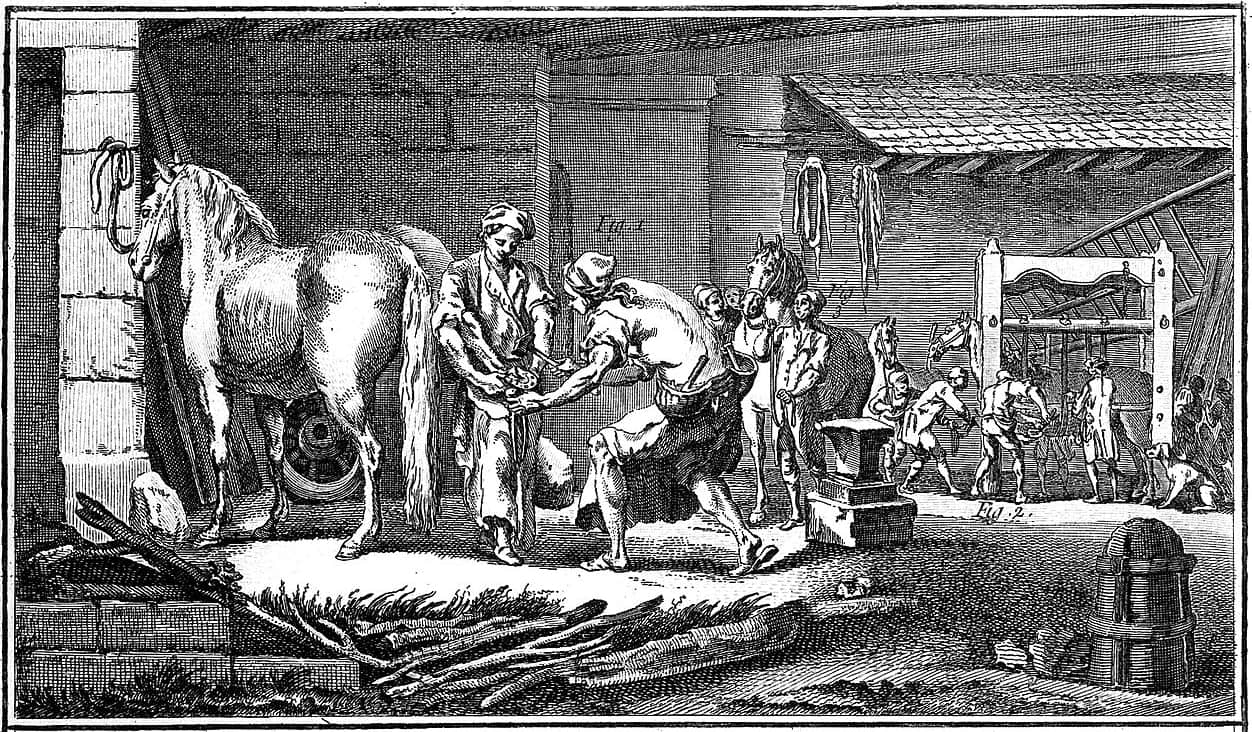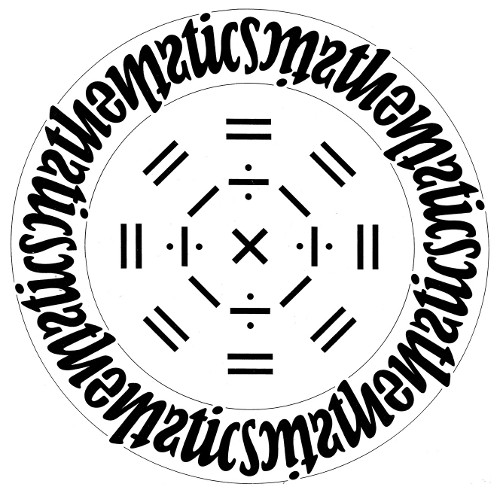Absent Friends

If existence is taken as betokening thisness and thereness, then nonexistence is going to have, speaking informally, this problem: It obliges us to speak of a nothing. If a nonexistent object were always like a footprint in the sand, we might refer to it by its mold, its negative place. But usually the world closes up without much trace around things that have passed their time and ceased to exist, and often there is not even a world left to hold the mold — think of extinct dodos and never existent unicorns; there is no empty niche left in our ‘real’ world for the former and there never was — some say — one for the latter. What kind of focus allows us then to speak of things that are definitely and determinately nowhere and not now and not ever? What, if anything, is it we are referring to when we say: This does not exist?
— Eva Brann, The Ways of Naysaying, 2001
False or True?
A Russian coin-weighing puzzle:
You have 101 coins, and you know that 50 of them are counterfeit. Every true coin has the same weight, an unknown integer, and every false coin has the same weight, which differs from that of a true coin by 1 gram. You also have a two-pan pointer scale that will show you the difference in weight between the contents of each pan. You choose one coin. Can you tell in a single weighing whether it’s true or false?
Making Cases

Testimony is like an arrow shot from a longbow; the force of it depends on the strength of the hand that draws it.
Argument is like an arrow from a crossbow, which has equal force though shot by a child.
— Robert Boyle, paraphrased by Samuel Johnson
Podcast Episode 204: Mary Anning’s Fossils

In 1804, when she was 5 years old, Mary Anning began to dig in the cliffs that flanked her English seaside town. What she found amazed the scientists of her time and challenged the established view of world history. In this week’s episode of the Futility Closet podcast we’ll tell the story of “the greatest fossilist the world ever knew.”
We’ll also try to identify a Norwegian commando and puzzle over some further string pulling.
In a Word
mampus
n. a great number, a crowd
onde
n. strong feeling against a person
siffilate
v. to whisper
fremescent
adj. murmuring, growing noisy
Gladys Cooper’s sister, Cissie, was equally misled by an audience when she went on stage for the first time, after acting as her sister’s dresser for many years. Although she only had a small part, the audience apparently started to hiss almost as soon as she had come on stage. This happened every night and in the end she came into the wings in tears. Gladys Cooper could not understand what was going wrong and she asked the House Manager to see if he could find out what was the matter. So he slipped into the back of the stalls just as her sister was making her entrance and from where he was standing he heard the audience whispering:
‘It’s Cissie Cooper, Gladys Cooper’s sister … It’s Cissie Cooper, Gladys Cooper’s sister …’
— Kenneth Williams, The Complete Acid Drops, 1999
Five Up
A card curiosity via Martin Gardner: Deal 10 cards from an ordinary deck and hold this packet face down in your left hand. Turn the top two cards face up and then cut the packet anywhere you like. Again, turn the top two cards and cut. Continue doing this for as long as you like, turning over the top two cards and cutting the packet.
When you’ve finished, deal the cards in a row on the table and turn over the cards at even positions in the row: the second, fourth, sixth, eighth, and tenth cards.
This will always leave five cards face up.
(Martin Gardner, “Curious Counts,” Math Horizons 10:3 [February 2003], 20-22.)
A Fractured Mystery
In 1934, Victor Gollancz published The Torquemada Puzzle Book, a miscellany of verbal puzzles by Edward Powys Mathers, who under the name Torquemada devised cryptic crossword puzzles for the Observer between 1926 and his death in 1939. At the back of the book was a short novel titled Cain’s Jawbone, which came with a unique twist:
Cain’s Jawbone, the bald narrative of a series of tragic happenings during a period of less than six months in a recent year, has met with an accident which seems to be unique in the history of the novelette. The pages have been printed in an entirely haphazard and incorrect order, a fact which reflects little credit on somebody. The author assures his readers, however, that while it is now too late for him to remedy the ordering of the pages, it is quite possible for them, should they care to take the trouble, to reorder them correctly for themselves. Before they attempt to do this, they may care to be assured that there is an inevitable order, the one in which the pages were written, and that, while the narrator’s mind may flit occasionally backwards and forwards in the modern manner, the narrative marches on, relentlessly and unequivocally, from the first page to the last.
The novel’s 100 pages had been printed and bound out of order. To solve the puzzle, the reader had to sort them into the correct order, read the story, solve the mysteries, and reveal the murderers. The task was so difficult that only two puzzlers solved it. Their names were printed in the Observer, but the solution to the problem was never revealed.
Last year the Laurence Sterne Trust got a copy of the book and has crowdfunded a new edition. For £30 you’ll get a box containing 100 jumbled pages, which you have to sort into a coherent mystery story, then identify six murderers and their six victims. The competition will run for 12 months from the date of publication, and the winner gets £1,000. As I write this 659 backers have signed up, putting the project well over its funding goal, but a publication date hasn’t yet been announced. You can find more info here and here.
Note: The announcement ends with a warning: “This is not a competition for the faint-hearted. The puzzle is phenomenally difficult.”
(Thanks, Sam.)
The Cremona–Richmond Configuration

This figure contains 15 lines and 15 points, with three points on each line and three lines through each point, yet no three points are connected by three lines to form a triangle.
It’s named after mathematicians Luigi Cremona and Herbert William Richmond, who studied it in the late 19th century.
Front and Rear

In HORSESHOER, the letters in the first half of the word are repeated in the second half in a different order.

